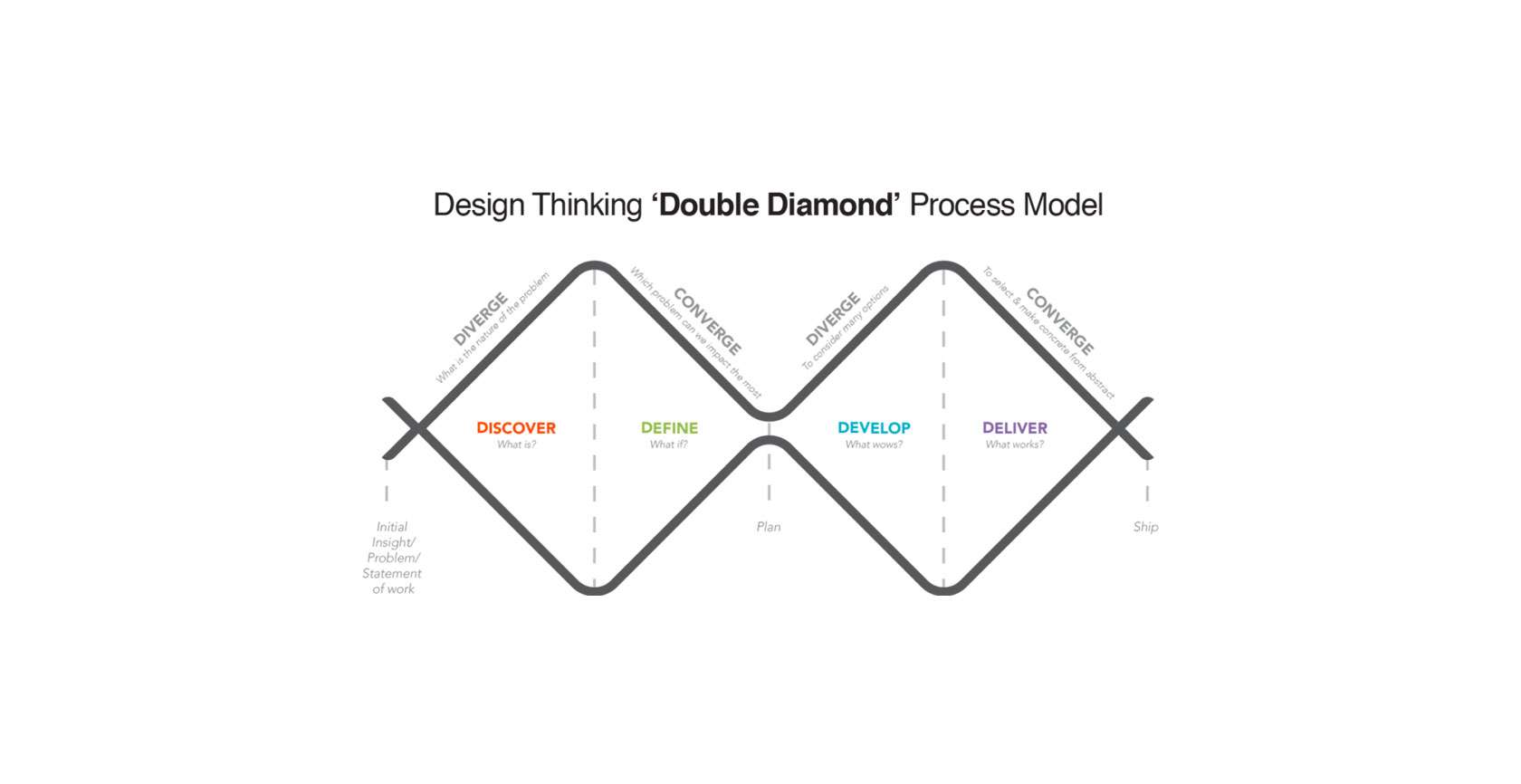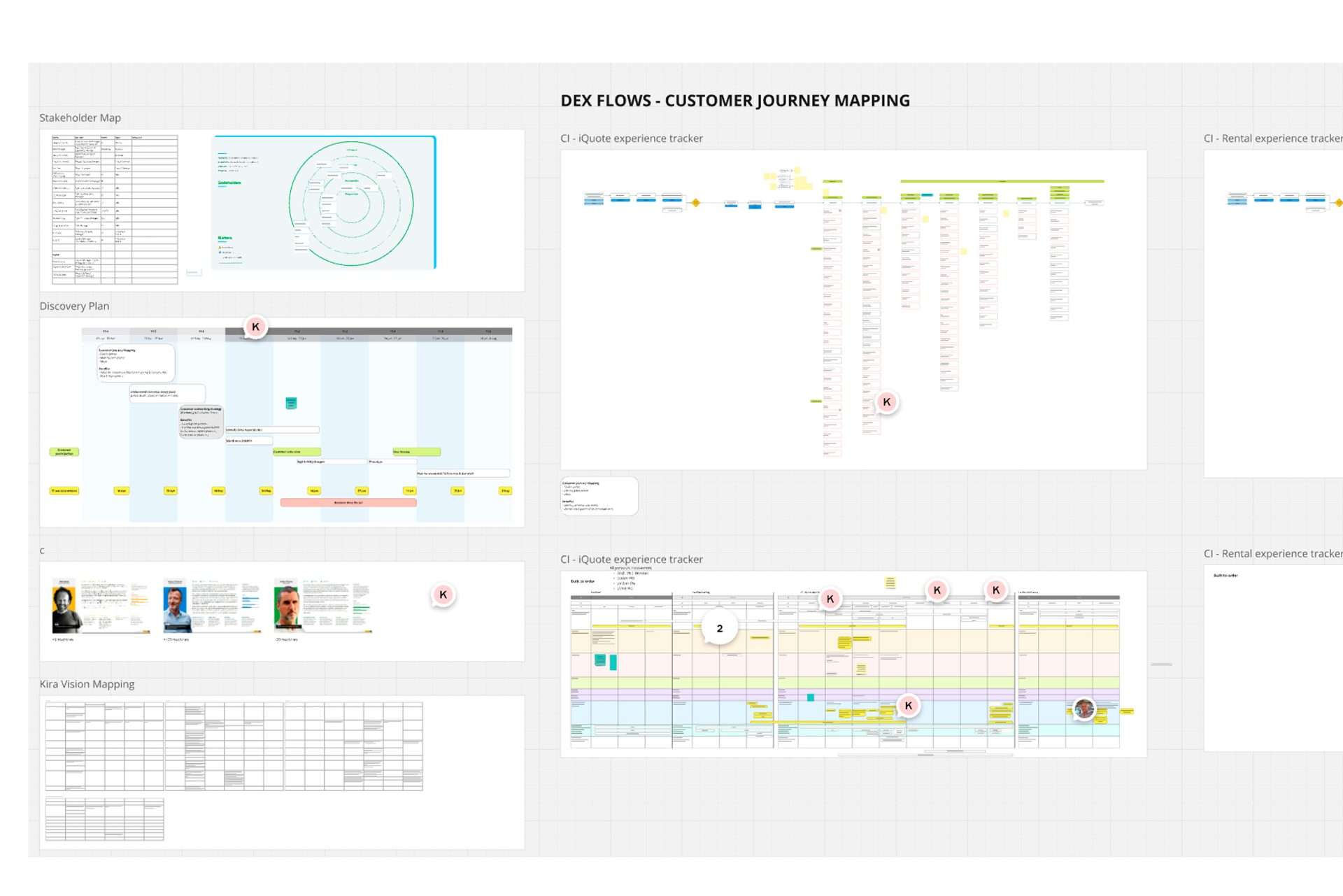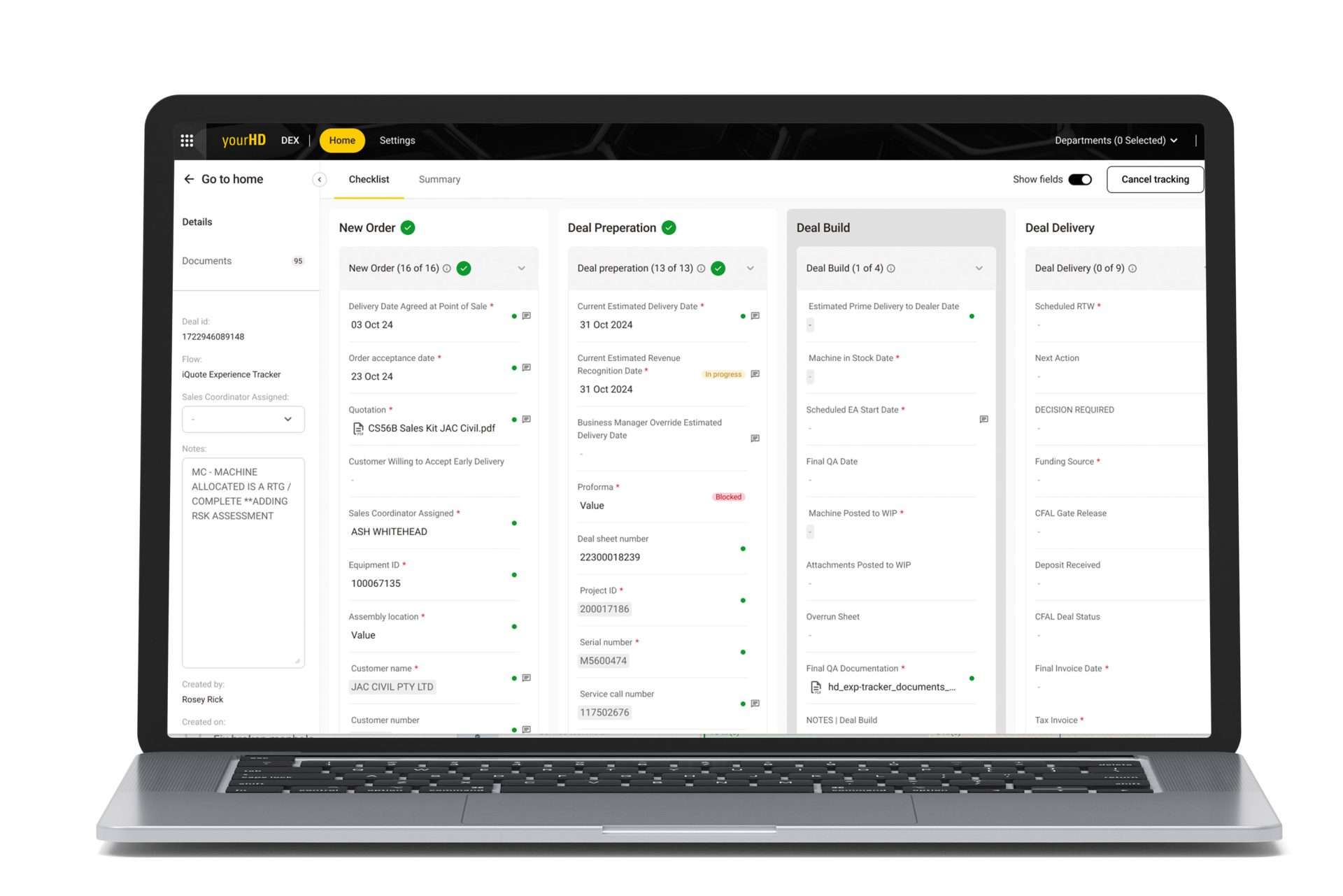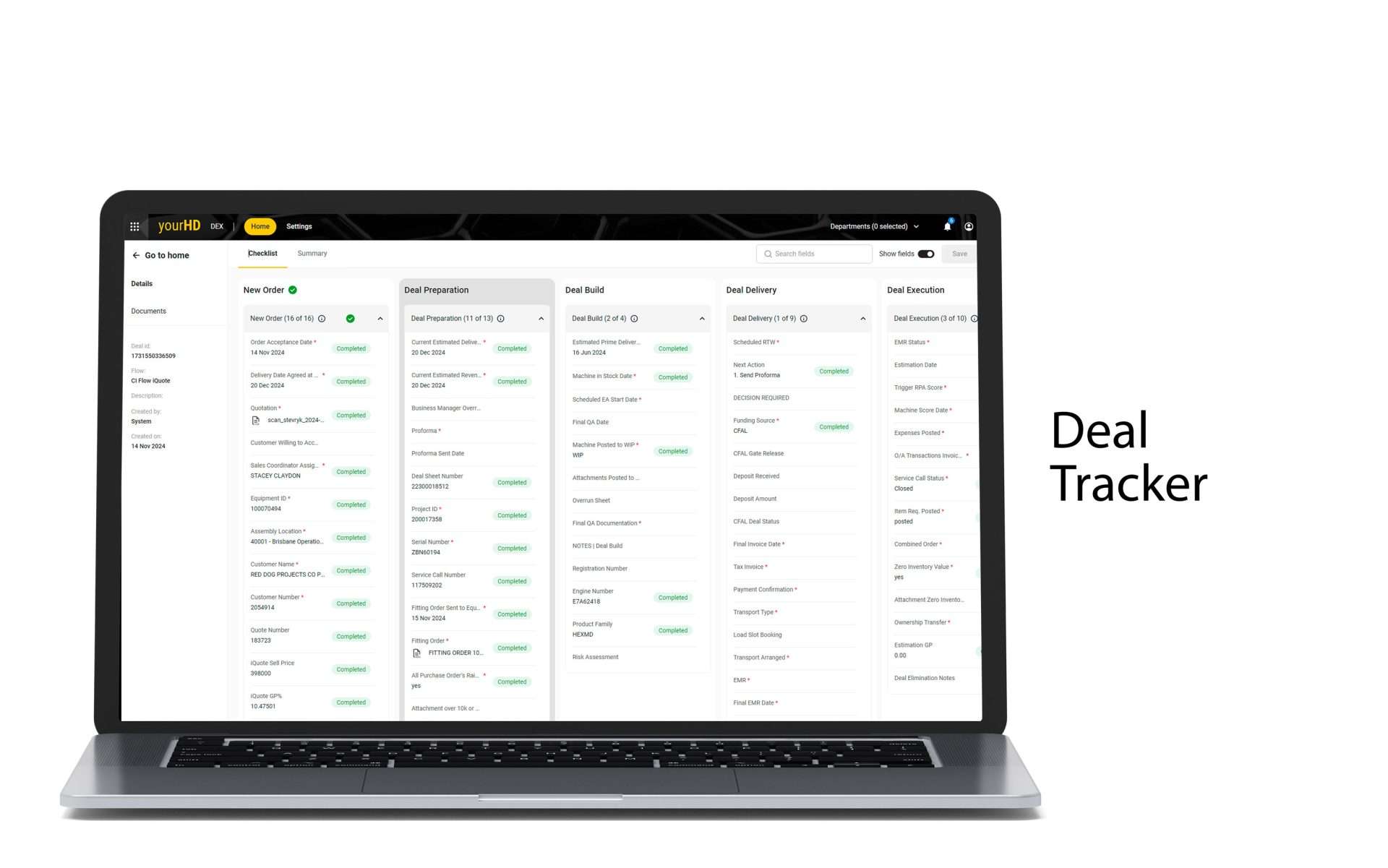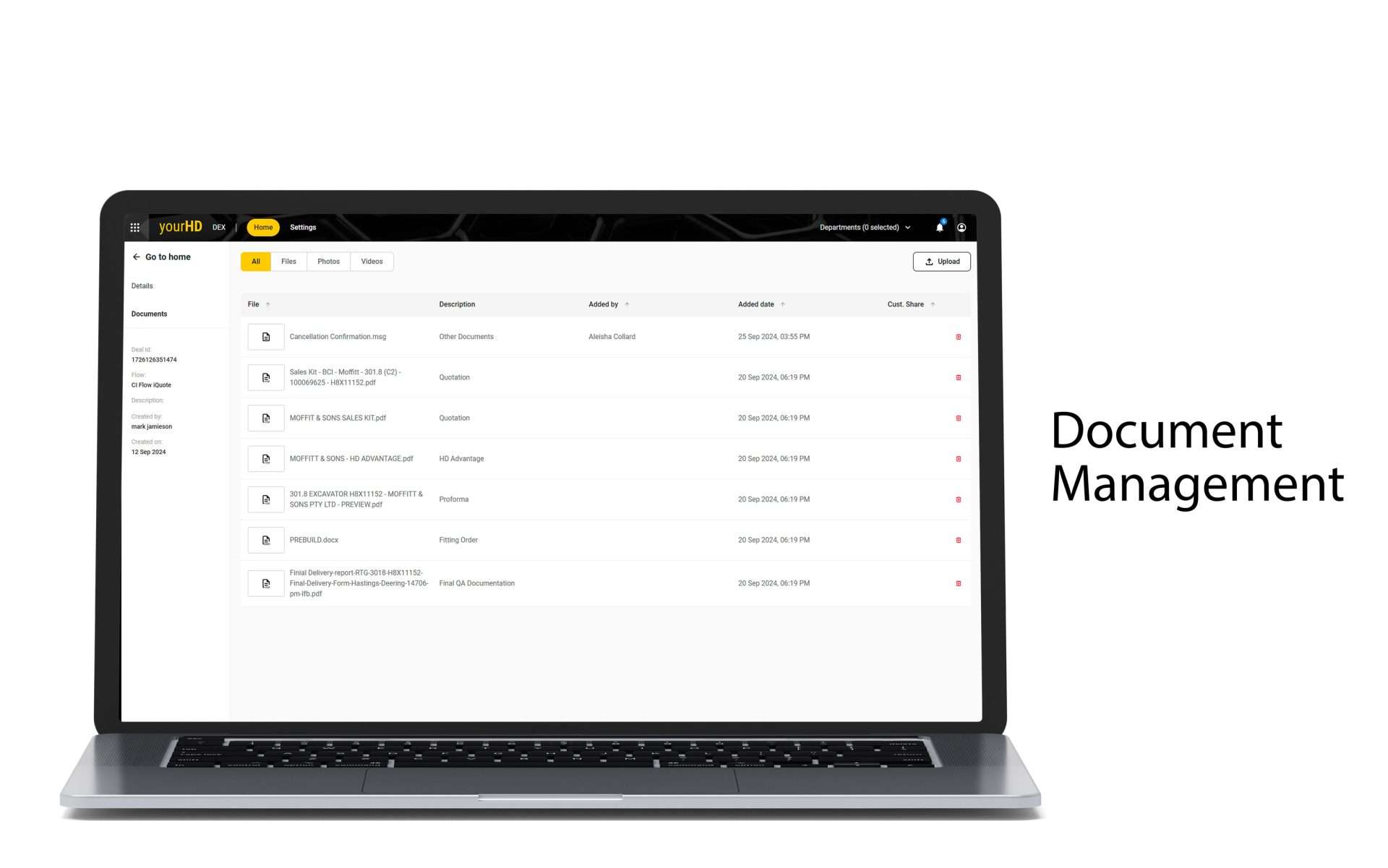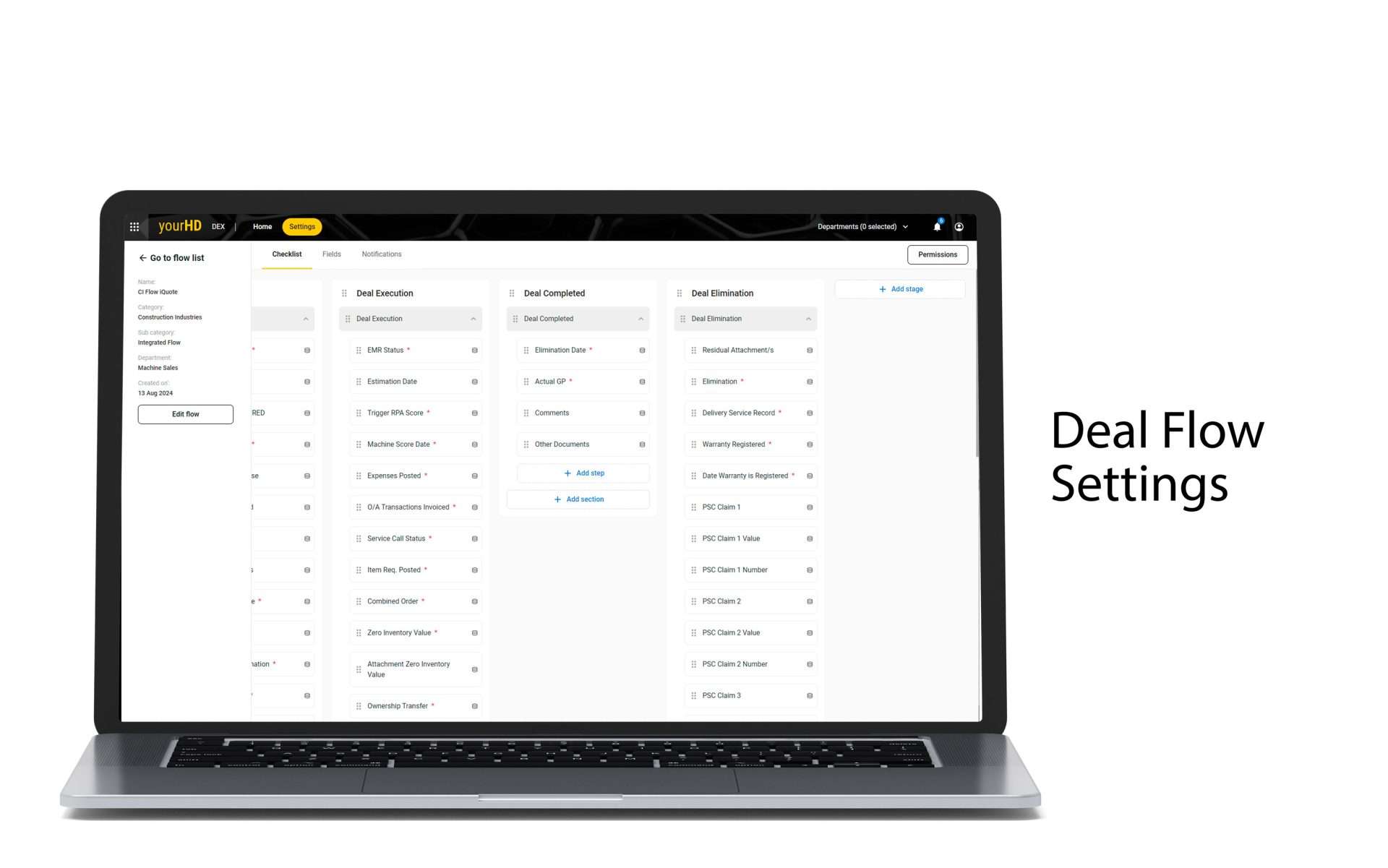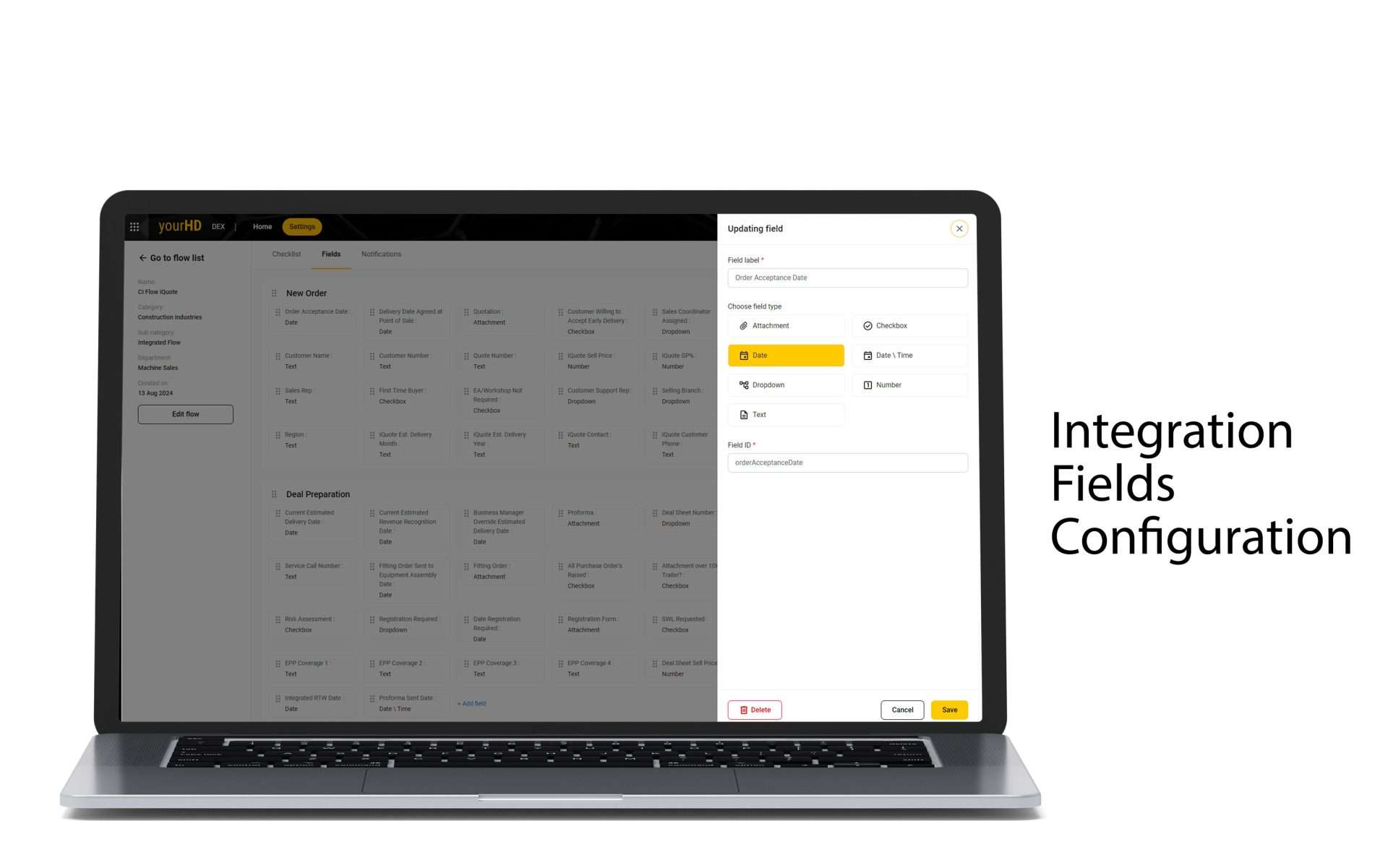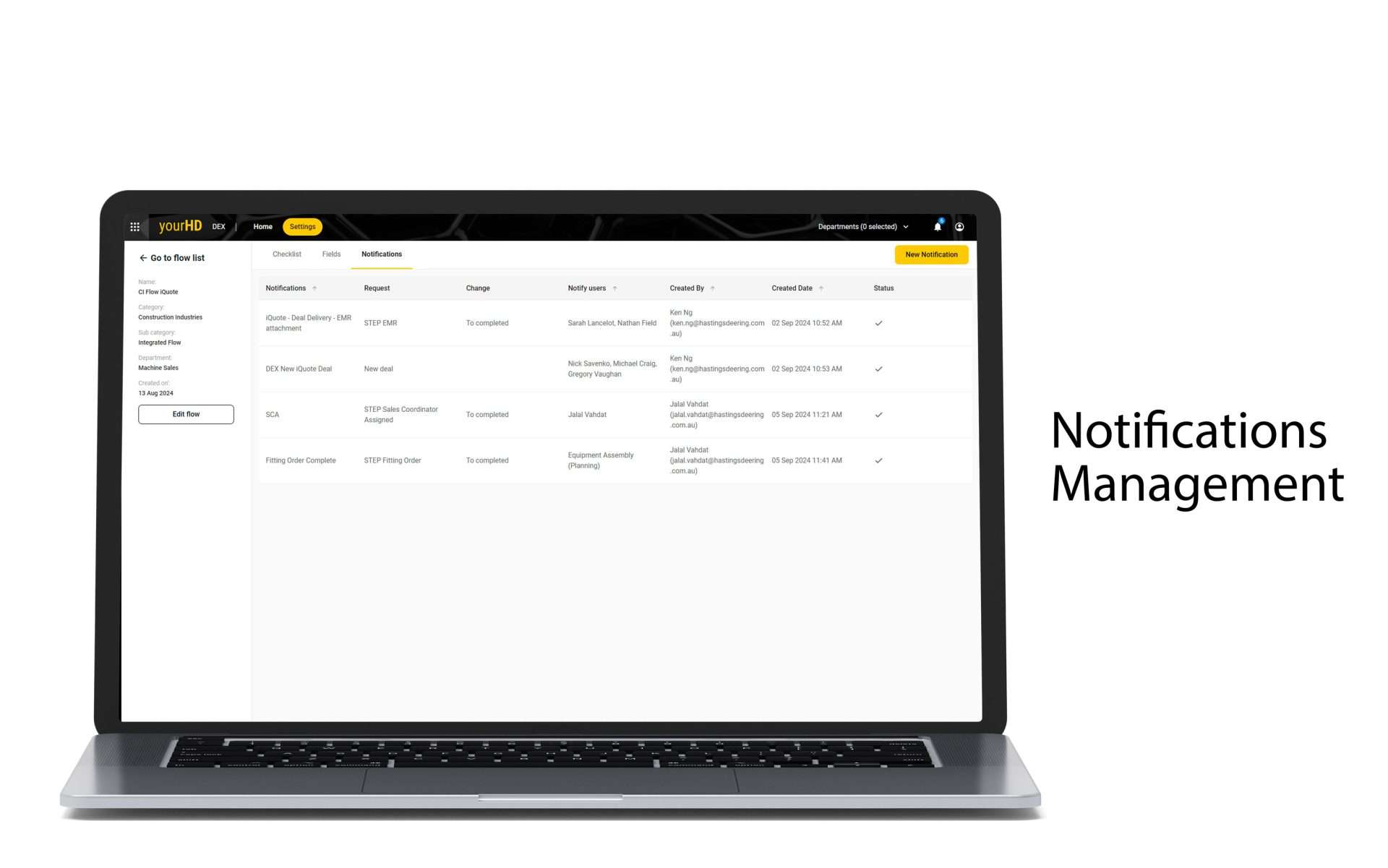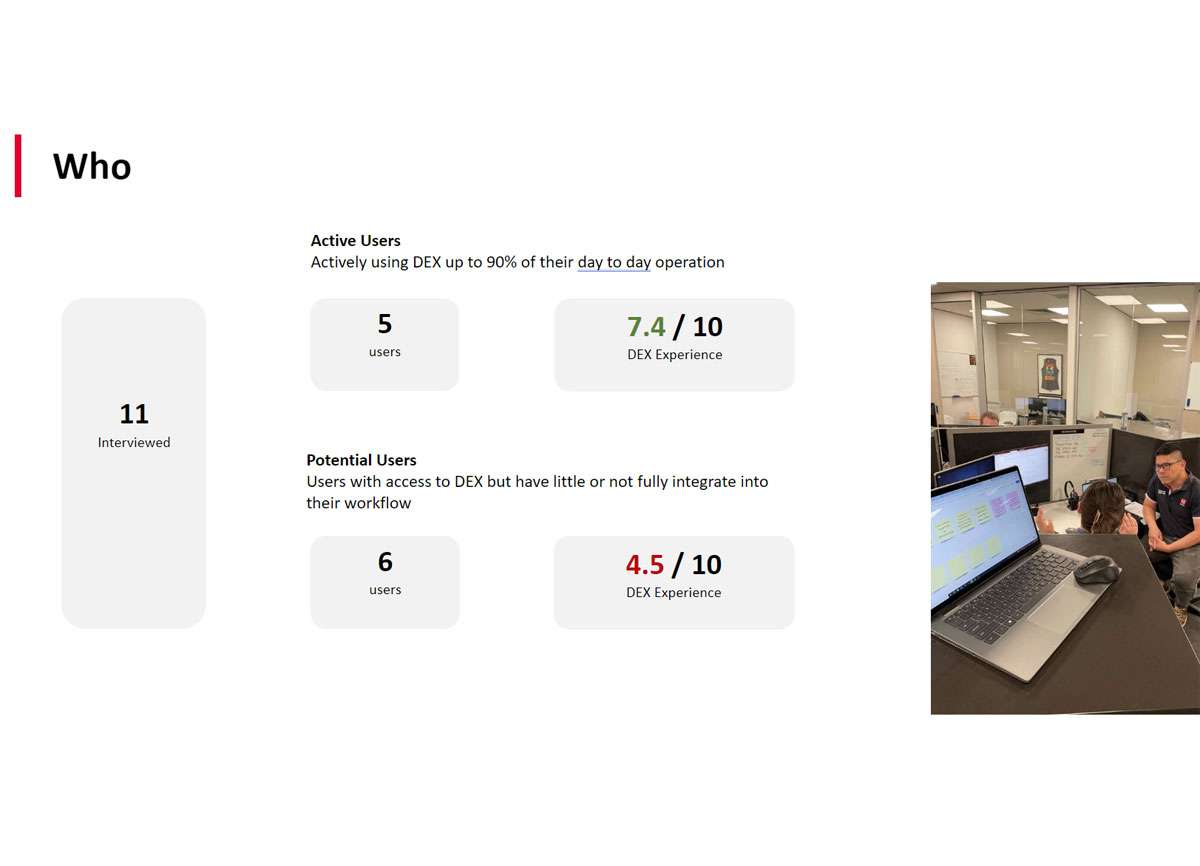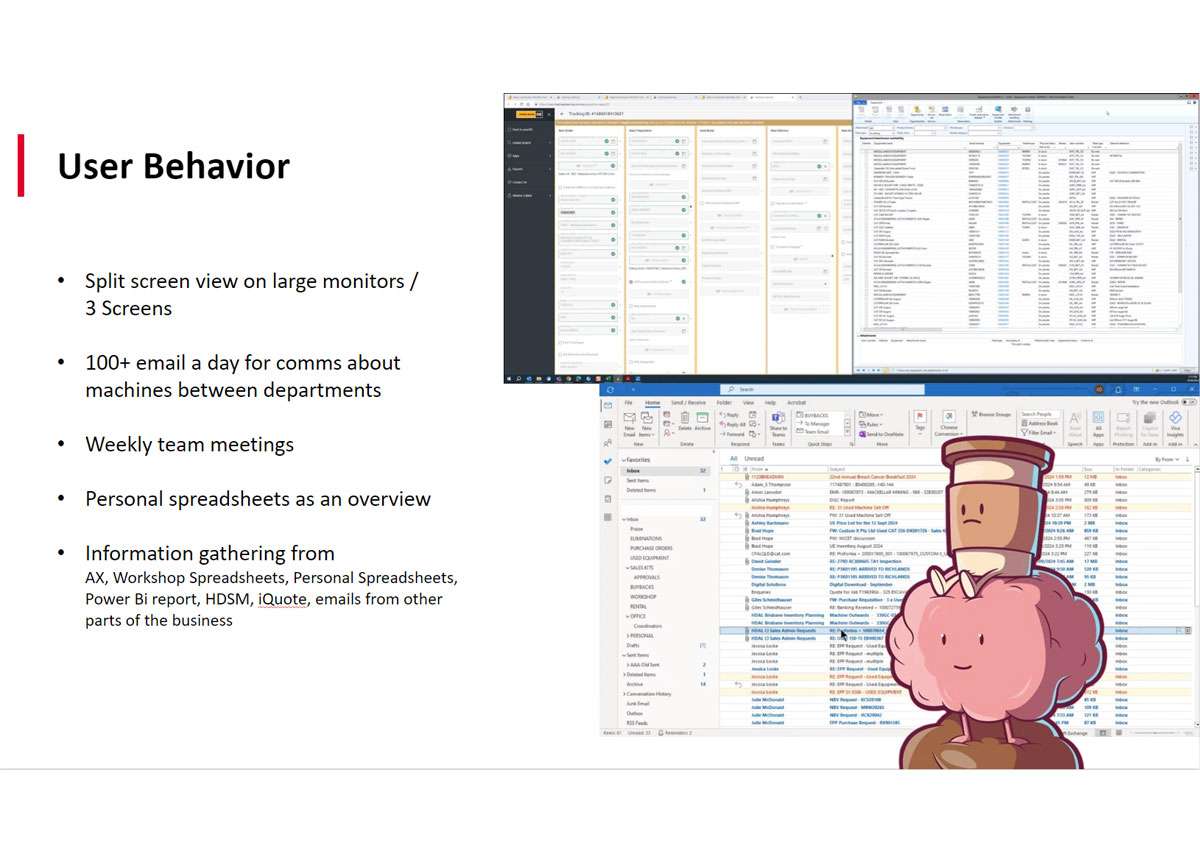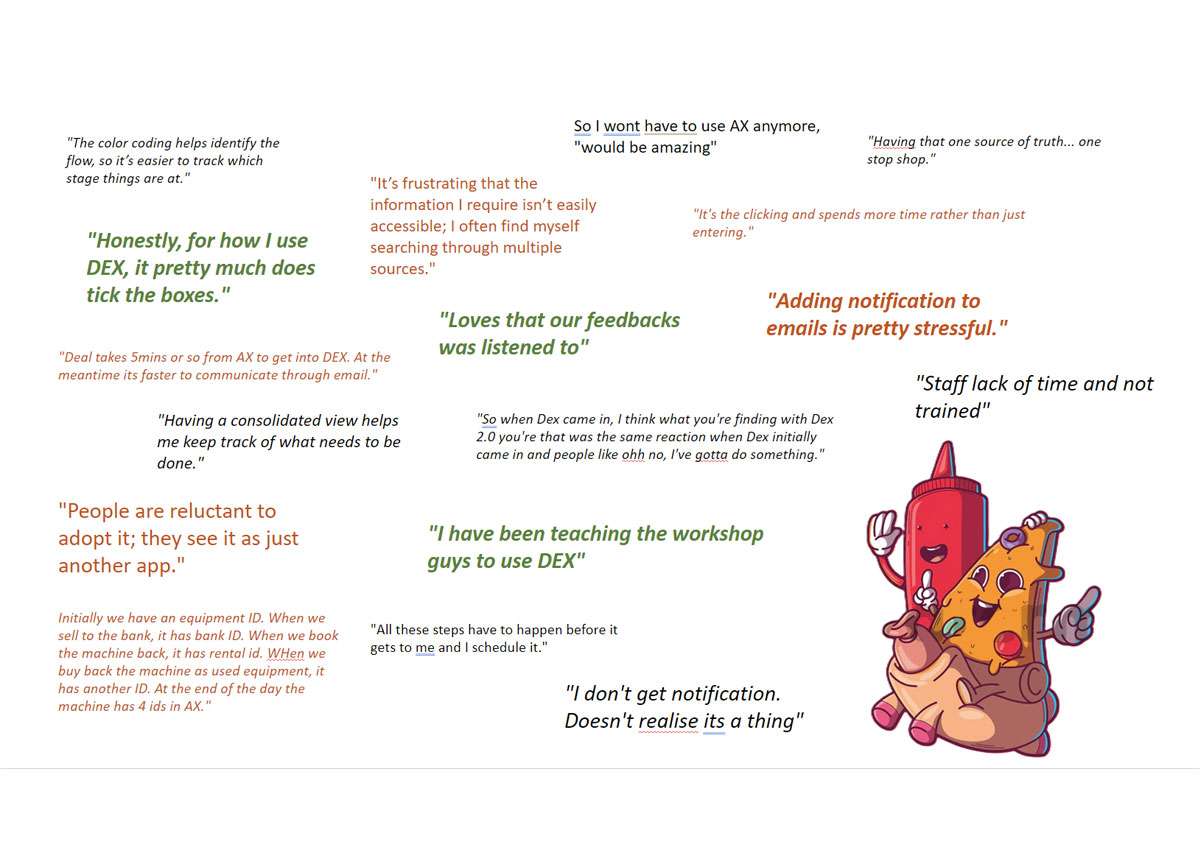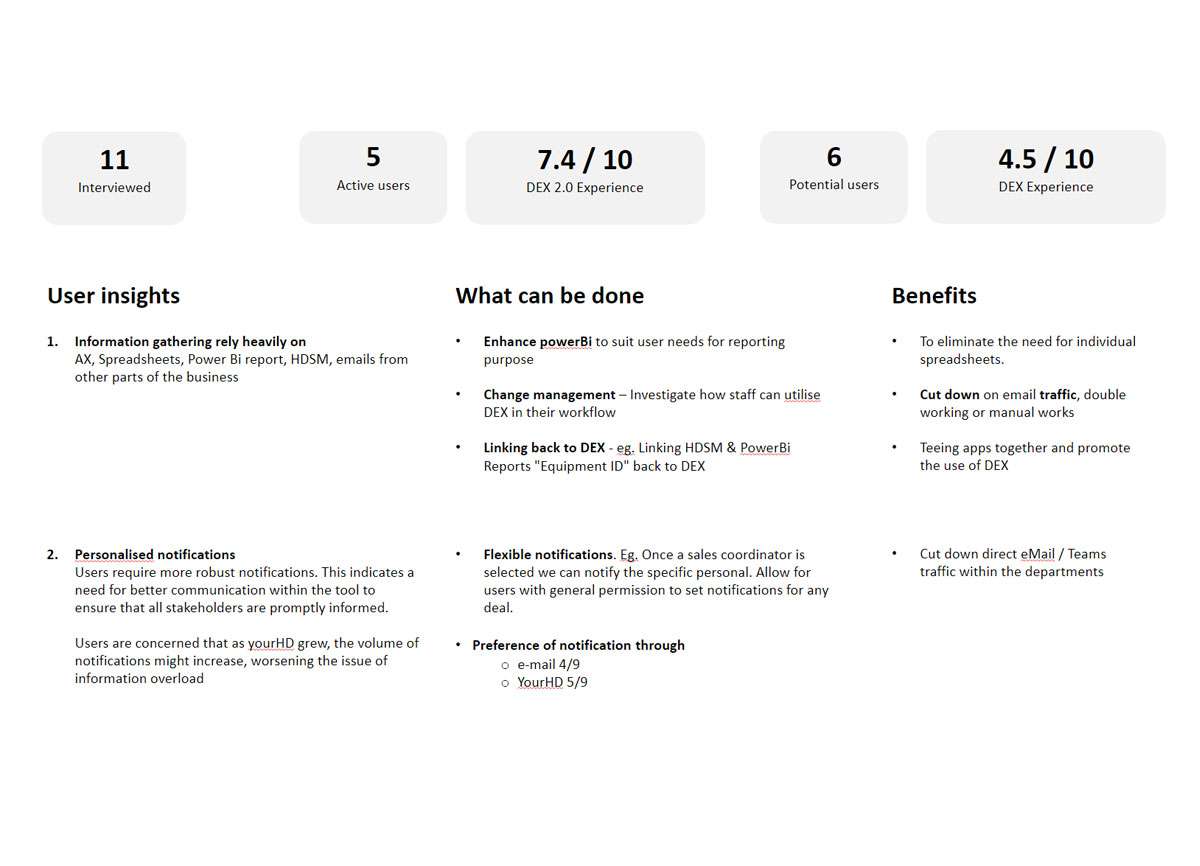The Challenge
The legacy Deal Experience Tracker (DEX) has proven to be a valuable tool for the sales department, enhancing their ability to monitor both current and historical deals. It has significantly improved the organization’s capability to track deal progress and outcomes effectively, providing real-time feedback and detailed reporting for sales representatives, managers, and executives.
However, the challenge lies in integrating this application into a multi-tenancy platform while simultaneously enhancing the overall user experience (UX). This integration aims to ensure a seamless transition, maintain functionality, and deliver an improved, cohesive experience for all users.



